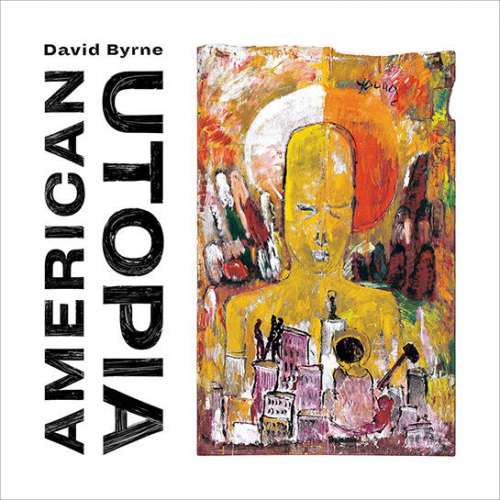David Byrne’s genius live performance on display in American Utopia tour that’s heading to Hong Kong
Most pop concerts live or die on the strength of the artist’s songs plus the energy and commitment that artist invests in putting them across. Some rely heavily on technological production elements, eye-popping special effects or pure spectacle.
And then there’s David Byrne.
From the start, the mercurial former Talking Heads singer, songwriter, guitarist and Renaissance man has approached the concert experience as more than a way to bring his music to audiences in person. Instead, he sees the totality of possibilities available to him and his musical cohorts whenever they set foot on stage.
Among the highlights over the years was the Talking Heads’ 1983 Stop Making Sense tour that the late director Jonathan Demme captured so brilliantly in the concert film of the same name.
His latest American Utopia shows – which takes in this year’s Clockenflap festival in Hong Kong from November 9-11 – is a wonder of imagination, ambition and execution, a frequently breathtaking celebration of the miracle of life, even with all of humanity’s trials and tribulations. It’s also a perfectly timed tonic for the toxicity in our current political environment.
During an American Utopia show in Los Angeles last weekend, Byrne, 66, and his 11 band members – outfitted in matching grey-green suits and dark, open-collar shirts – made use of every inch of the wide-open stage, framed on three sides by beadlike curtains that slowly rose from floor to ceiling at the beginning of the 100-minute performance.
The set-up allows the performers to enter and exit the stage with ease. At times, Byrne would mosey towards stage left while singing. Almost magically, his guitar would appear through the curtain just in time for him to slip the strap over his head, dole out a solo, then hand it back and continue with the rest of the song.
Byrne, 66, commands attention organically, not forcefully. It’s no accident that this tour eschews video screens that would divert attention from all that is happening on stage.
At the outset, he was seated at a card table centre-stage, a single dramatic spotlight above illuminating him, the table and a model (we certainly hope) of a human brain on that table, which he soon lifted and used to illustrate Here, one of several tracks from his recent “American Utopia” album liberally sprinkled among his Talking Heads standards and other solo and collaborative material.
As he sang, along on the stage the connection he so clearly prizes begins to happen, as another singer appeared through the curtain at the rear, then another, joining voices in harmony. Soon the band members filtered on with them, all mobilised with apparatus – mounted keyboards and drums, wireless headsets, no plugs or technological connectors to be seen.
Numbers are smartly choreographed, evocatively lit in warm reds, cool blues, blinding whites. There’s nary a wasted movement, note or expression.
As he is often done in the past, Byrne and his band members are nearly constantly in motion, projecting their effervescent energy throughout the theatre.
Musically, he continues to chase the funk that makes bodies want to get up from their seats and dance. His own body language remains charmingly – and quite in all probability consciously – awkward, a reality he sweetly addresses in the new album’s opening track, I Dance Like This.
“I dance like this/ Because it feels so damn good/ If I could dance better/ Well, you know that I would.” The same, it should happily be noted, can’t be said of his resourceful band and dance mates.

In addition to providing harmonies and musical accompaniment on a plethora of instruments – with contributions of up to a half-dozen percussionists in several songs – Byrne’s band also delivers the smart choreography that physically expresses and amplifies the songs’ themes, yet another illustration of the fully intentional quality of every aspect of the evening.
Pop music aficionados have long prized the outsider perspective Byrne taps in his songwriting, a deliciously skewed perspective that remains uncommonly illuminating.
Of course, he also folded in some of the Talking Heads’ most ebullient songs: Slippery People, Once in a Lifetime and Burning Down the House among them, some employing the signature disorienting lighting effects used on the Stop Making Sense tour and film, to the delight of the sold-out crowd.
Along with few other peers – Peter Gabriel, Laurie Anderson and Tom Waits come to mind – Byrne remains a master of the theatre of live music, and his latest is no exception: American Utopia is a joy to behold.